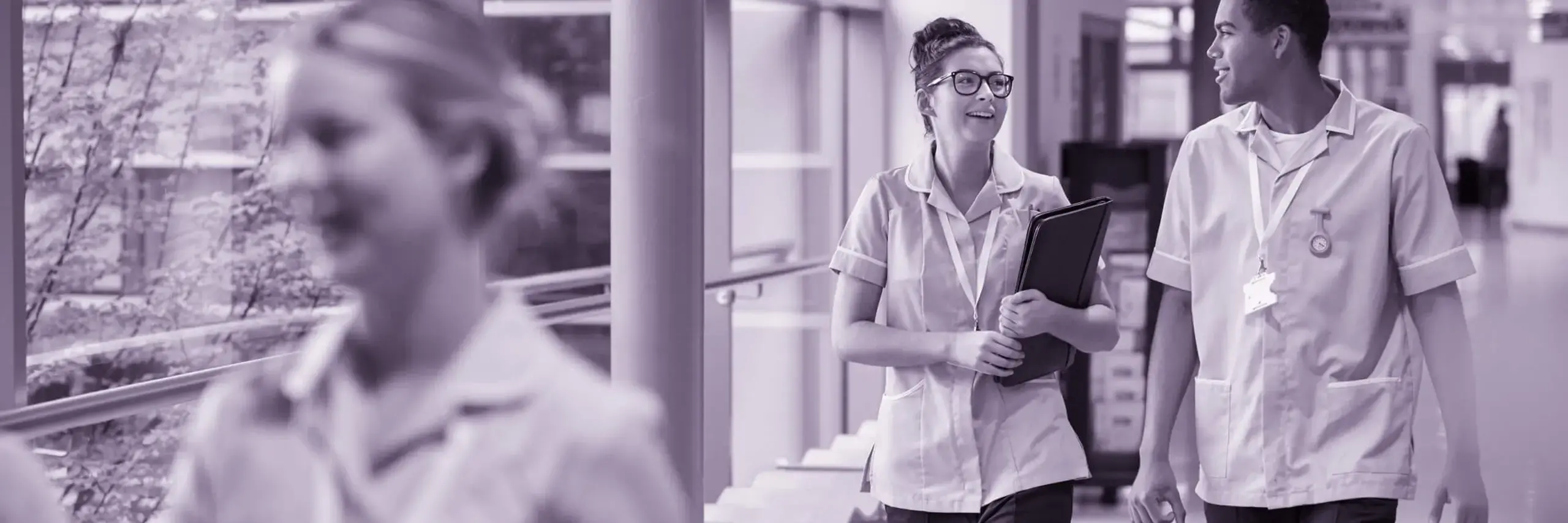Main content
Regulation: part of the solution, not the problem
16 Jan 2025
Choose important problems, and fix them.
When we talk about improving healthcare, one crucial aspect that often goes under the radar is regulation. For many, regulation is seen as the safety net—keeping standards in check and ensuring professionals are doing what they’re supposed to. But in a rapidly evolving healthcare system, it may no longer be enough to stick to traditional regulatory remits. Perhaps it’s time to ask: how does regulation need to change to help fix the problems of the NHS?
At the heart of our Right-touch regulation approach is a principle that might sound like common sense: understand the problem before finding the solution. This is easier said than done in an environment as complex and fast-paced as health and care services. However, if we don't deeply understand the issues, how can we hope to find the right regulatory solutions?
A diagnosis of regulation’s challenges
Recently, numerous reviews have been launched to diagnose the challenges within health and care, each aiming to shed light on different areas of concern. Some reviews are large-scale, like Lord Darzi’s review of NHS England or Dr Dash’s review of patient safety in England. Others are more targeted, such as the recently announced independent review of Anaesthesia Associates (AAs) and Physician Associates (PAs) led by Dr Leng. Whatever the size or scope, there are already some common areas of focus emerging from these reviews – such as the need to find solutions in the voices of patients, and professionals.
Despite the widespread focus on health systems, the role of professional regulation itself has not yet received as much attention in these reviews. This doesn’t mean the regulators, or the PSA, shouldn’t be asking if change is needed. In fact, these reviews should prompt some deep soul-searching within regulatory bodies. At the PSA, this means asking ourselves: how can our Standards for the regulators promote a form of regulation that seeks to prevent harm, through supporting health and care professionals to achieve high standards? This year, we will launch a consultation and call to evidence about how we can achieve this.
Refocusing regulation: prevention and innovation
Alongside these challenges, we are also seeing new solutions come to the forefront. The new Government has emphasized the transformative role of artificial intelligence (AI) in the future of healthcare delivery. AI and other technologies could offer fresh ways of addressing long-standing challenges, making care more efficient and accessible. To grasp these opportunities while keeping patients safe, professional regulation needs to keep pace.
Perhaps the real opportunity lies in rethinking the very role of professional regulation. Rather than solely being a safety net when things go wrong, how can regulation serve as an enabler of innovation? This requires regulators to understand safety management systems, leadership, culture, and the role of technology. Instead of just investigating incidents after they happen, regulators and others in the system would look at what’s working – identifying where outcomes are better than expected and understanding why these pockets of excellence exist.
These areas of innovation may, at times, challenge traditional regulations – perhaps even breaking established ‘rules’ of healthcare. But this is where regulation has the potential to evolve. Rather than waiting for things to go wrong, regulation could get ahead of the game by embedding learnings from what is going well – as well as what has gone wrong – into guidelines and standards. Many regulators are already working in this way, but there is more that could be done to encourage sharing of best practice.
Moving forward: a proactive approach
As we review our Right-touch regulation approach and the standards for the regulators we oversee, we must ask ourselves these fundamental questions: how can we better support professionals to achieve high standards? How can we minimize the negative impacts of regulation while fostering innovation and improvement?
If we can find answers to these questions, we have an unprecedented opportunity to shift the balance toward preventive regulation, aligning with the NHS’s broader ambition for safer, more effective care and the Secretary of State’s policy on prevention.
Ultimately, if we are to fix the NHS, how we regulate the people delivering care must be part of the solution. It’s time to take a closer look at regulation – not as a static process, but as a dynamic tool that can drive real, positive change in healthcare.



